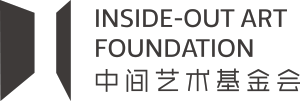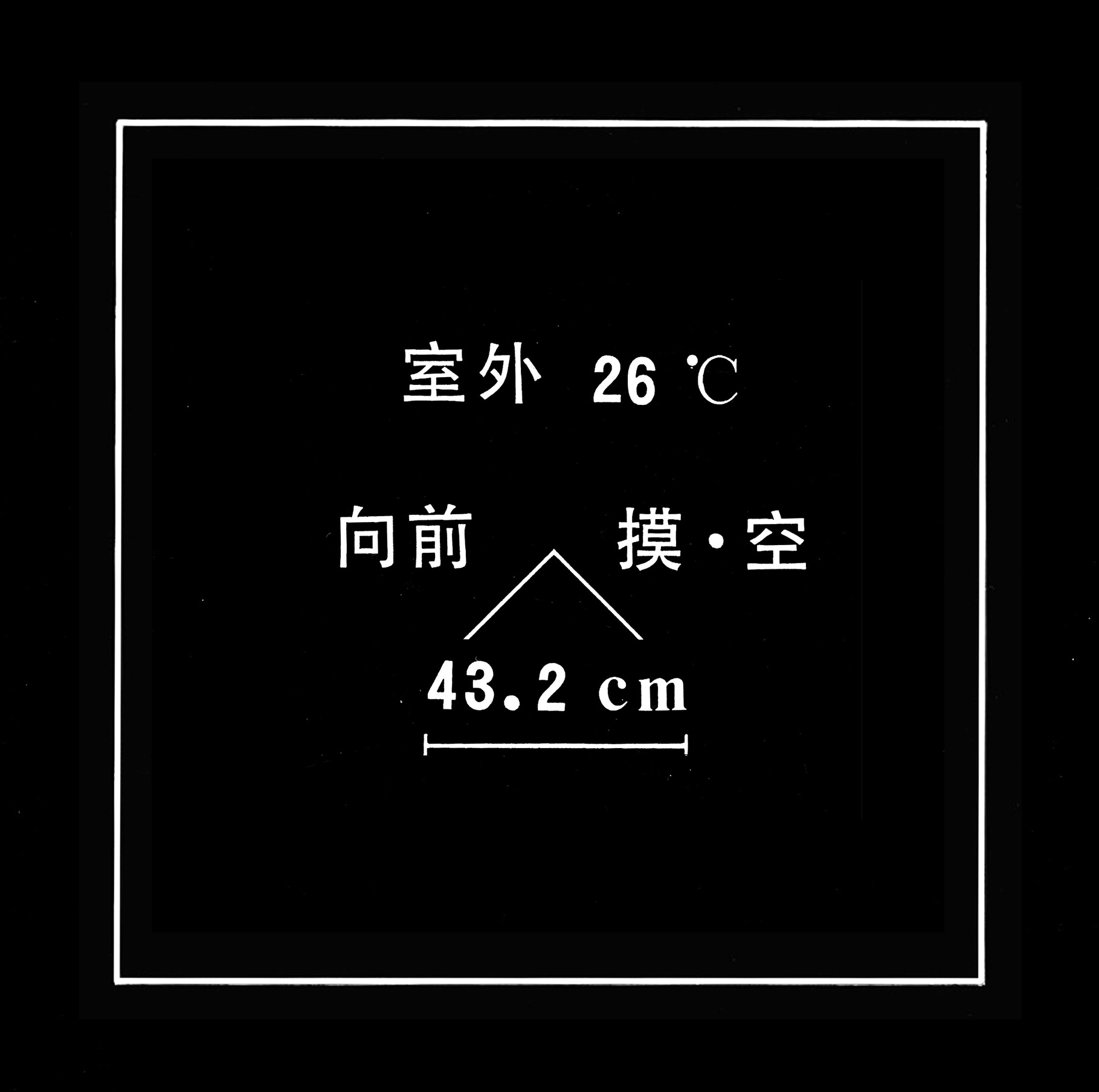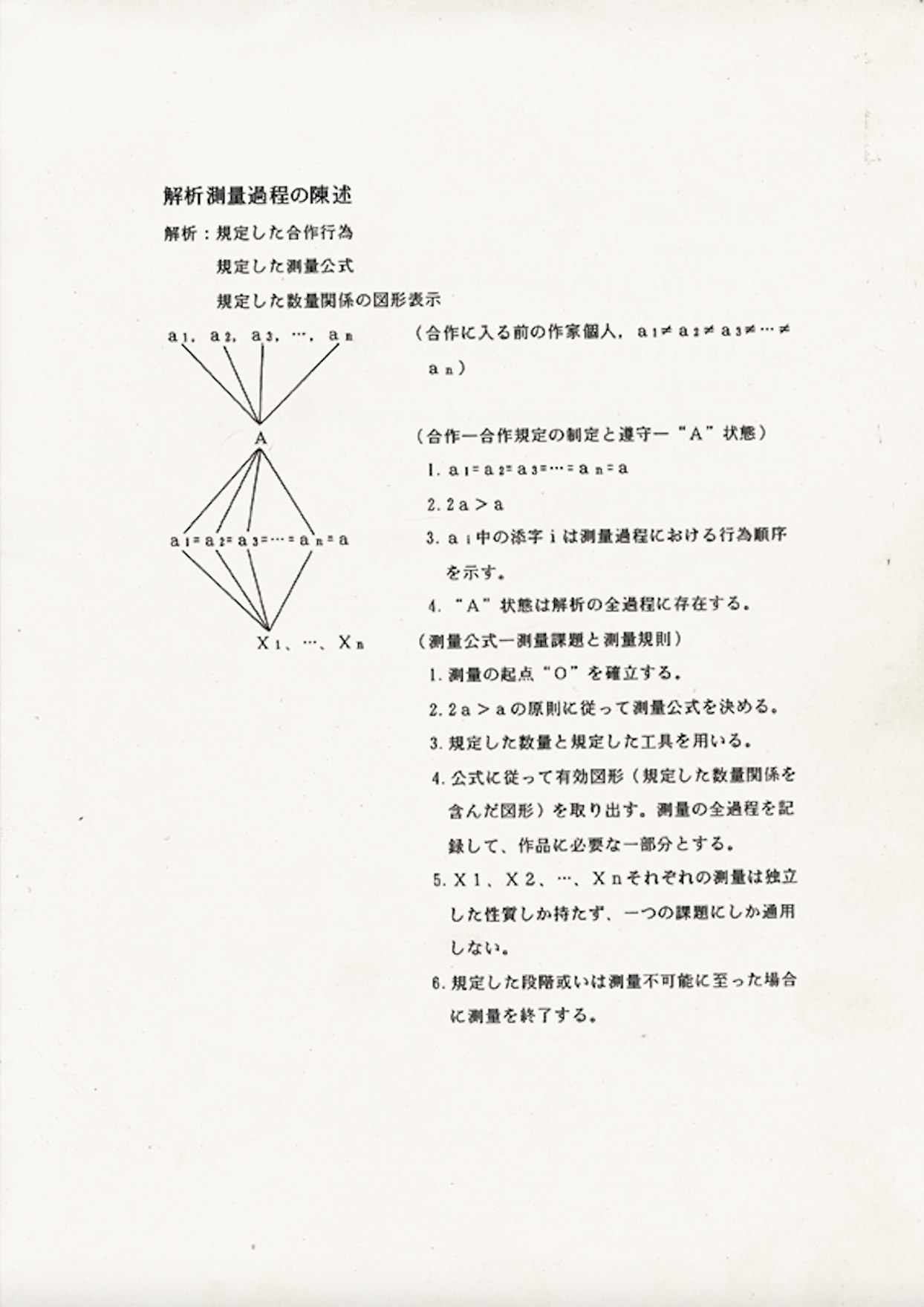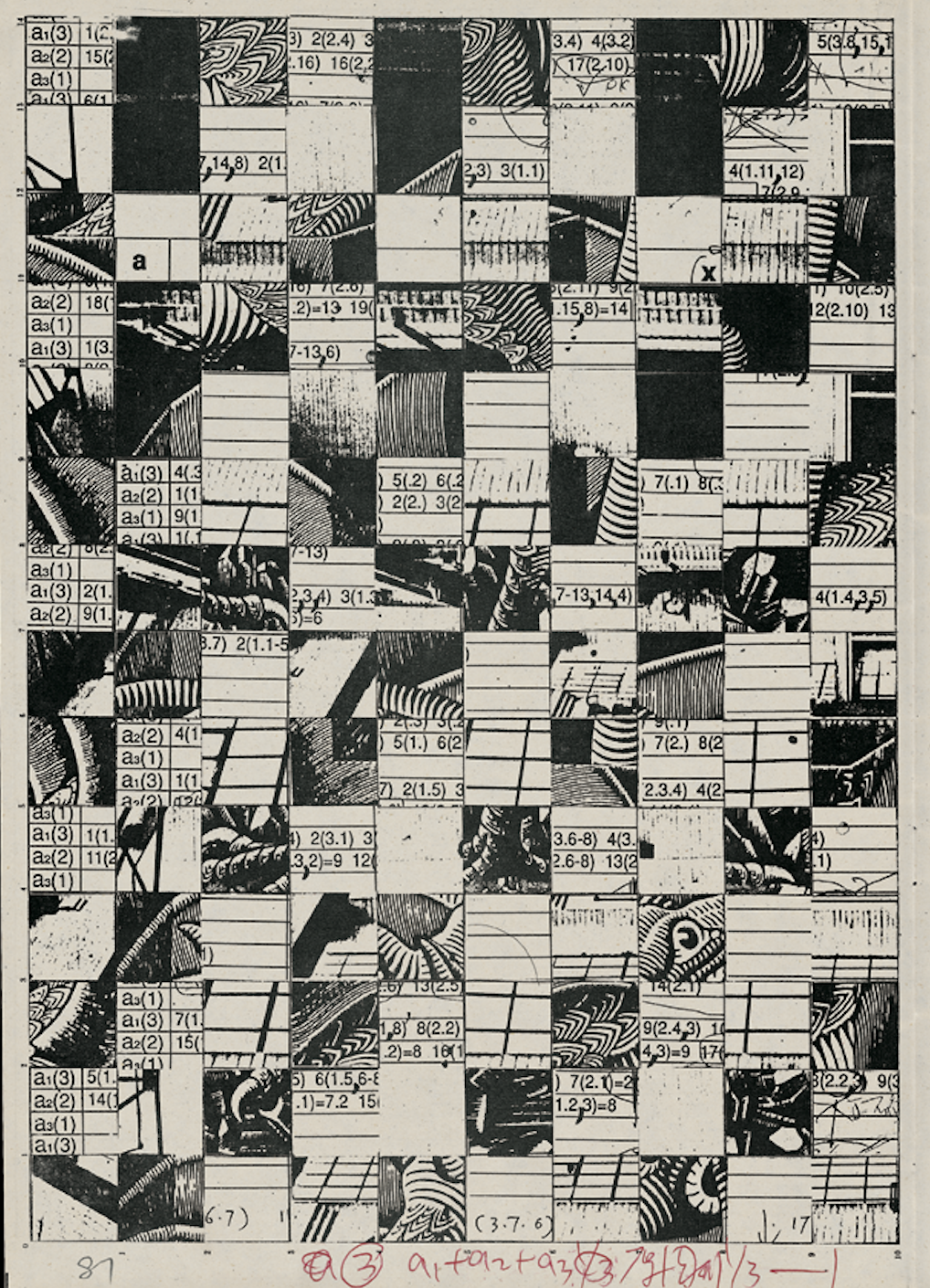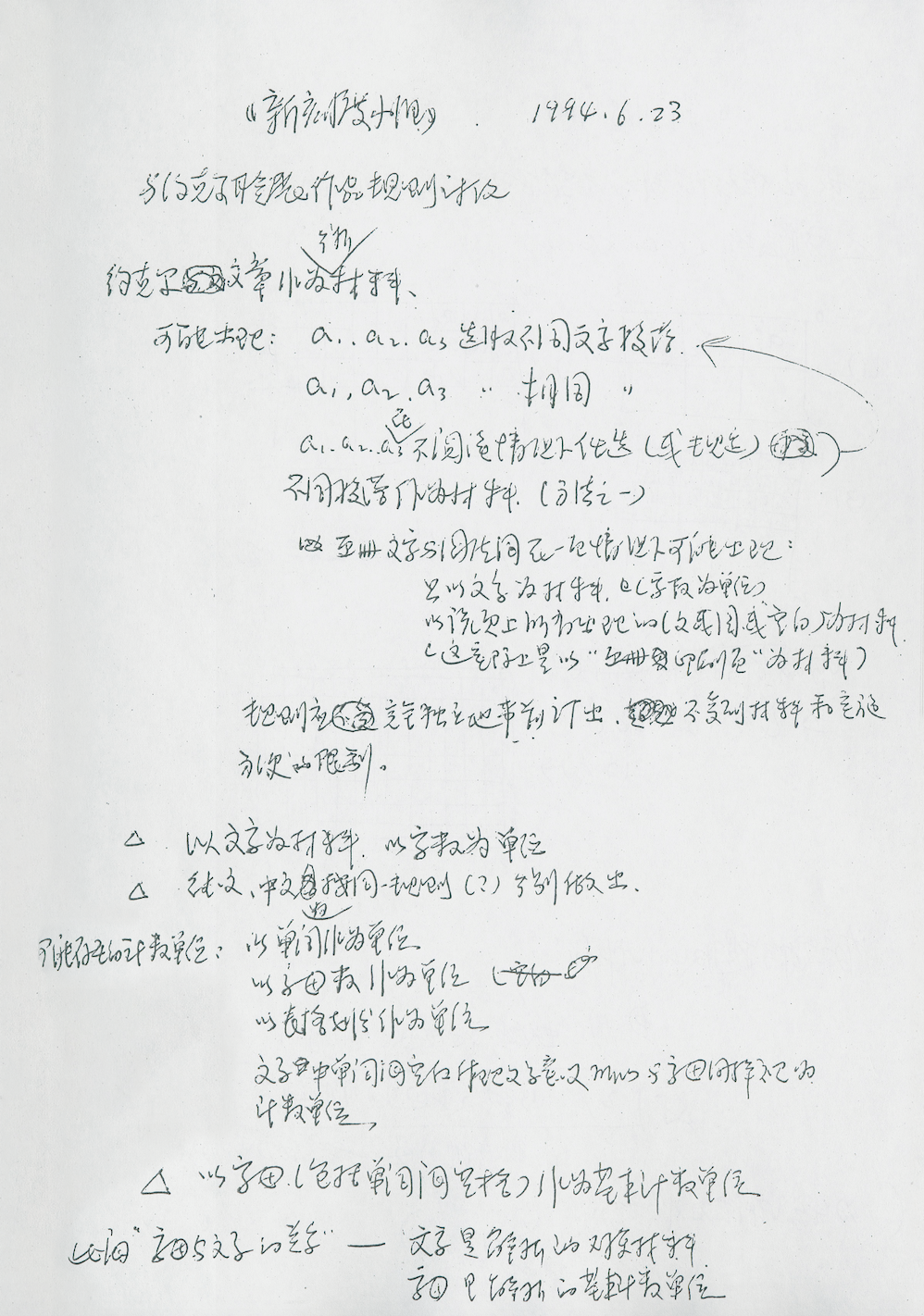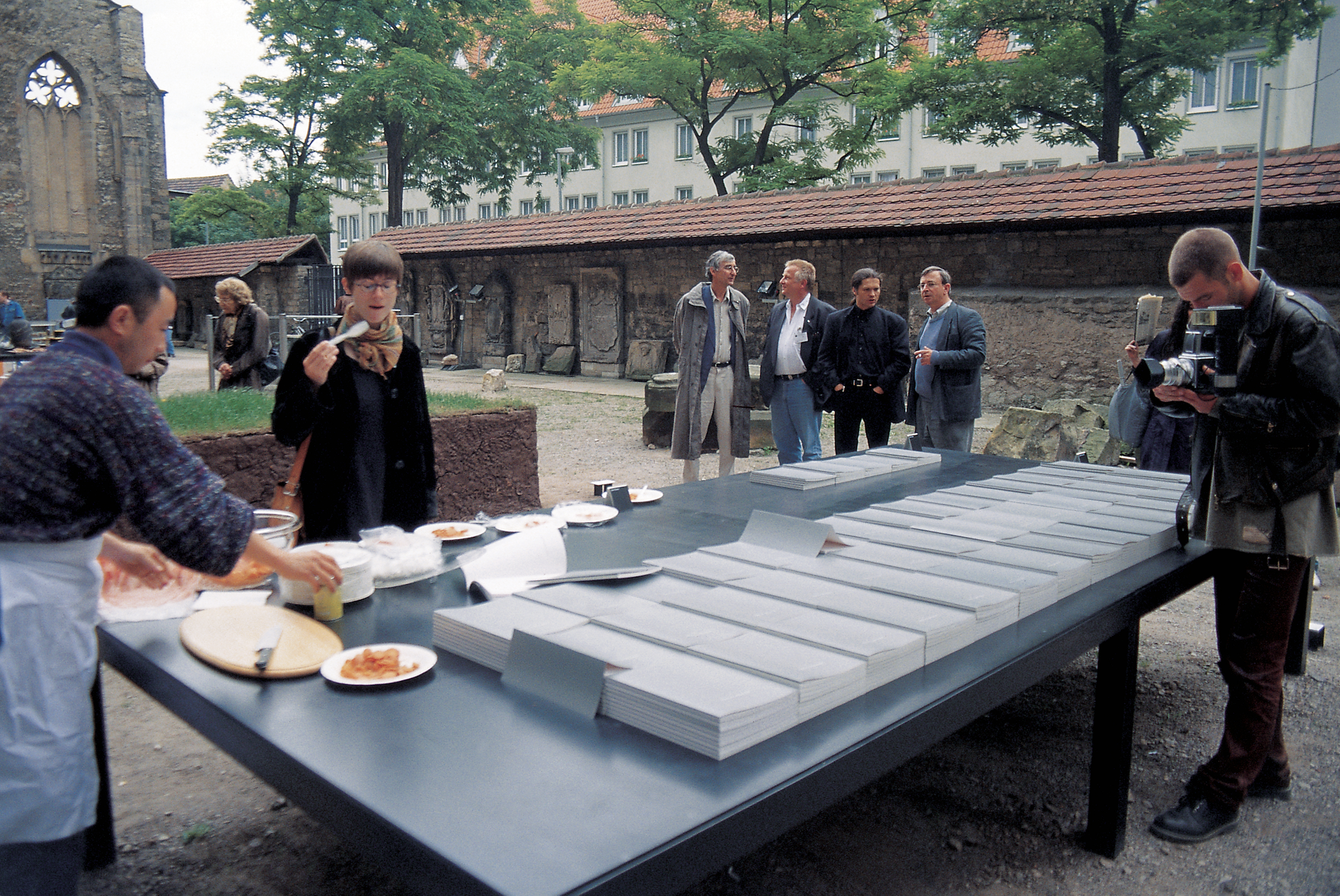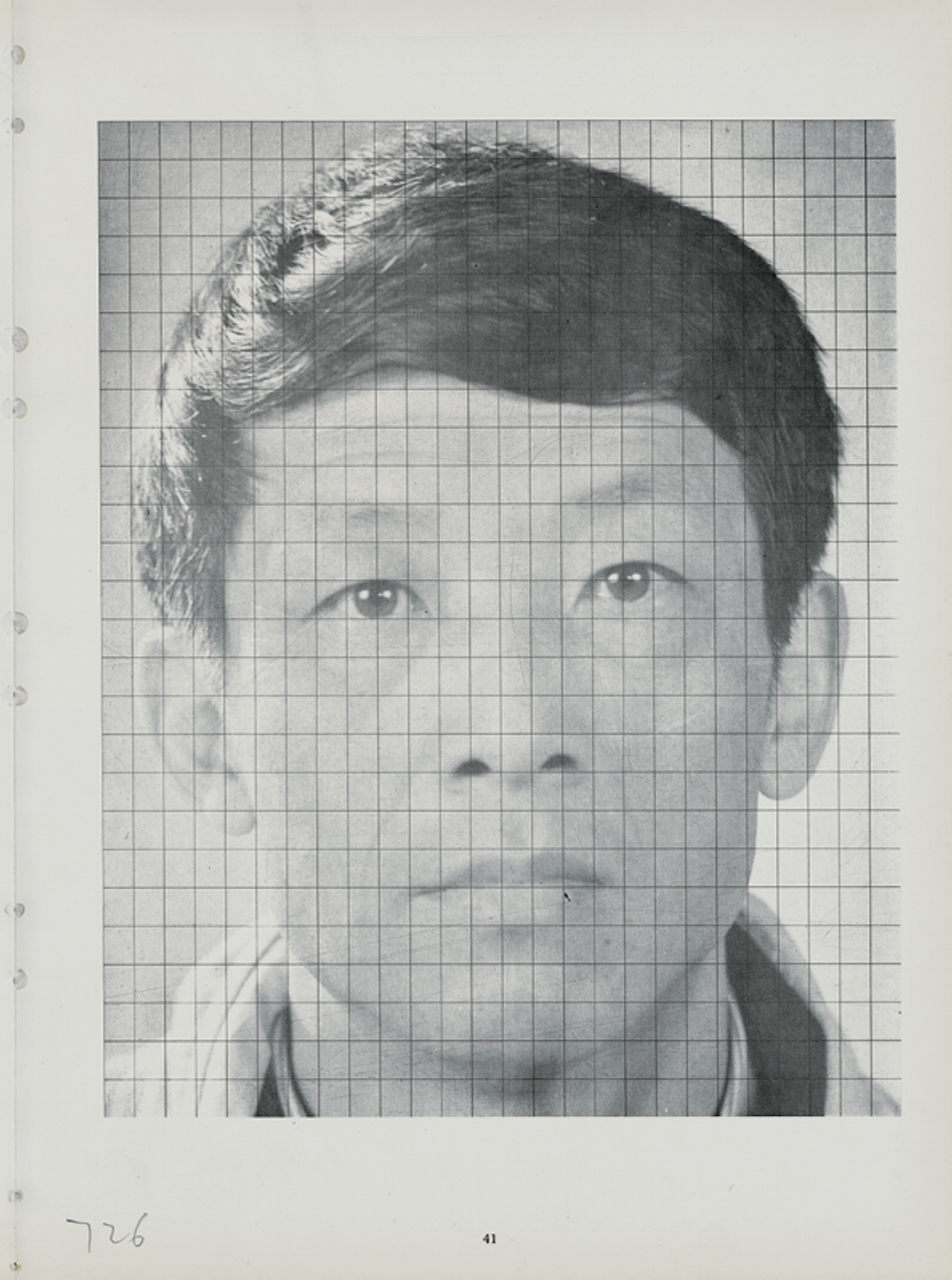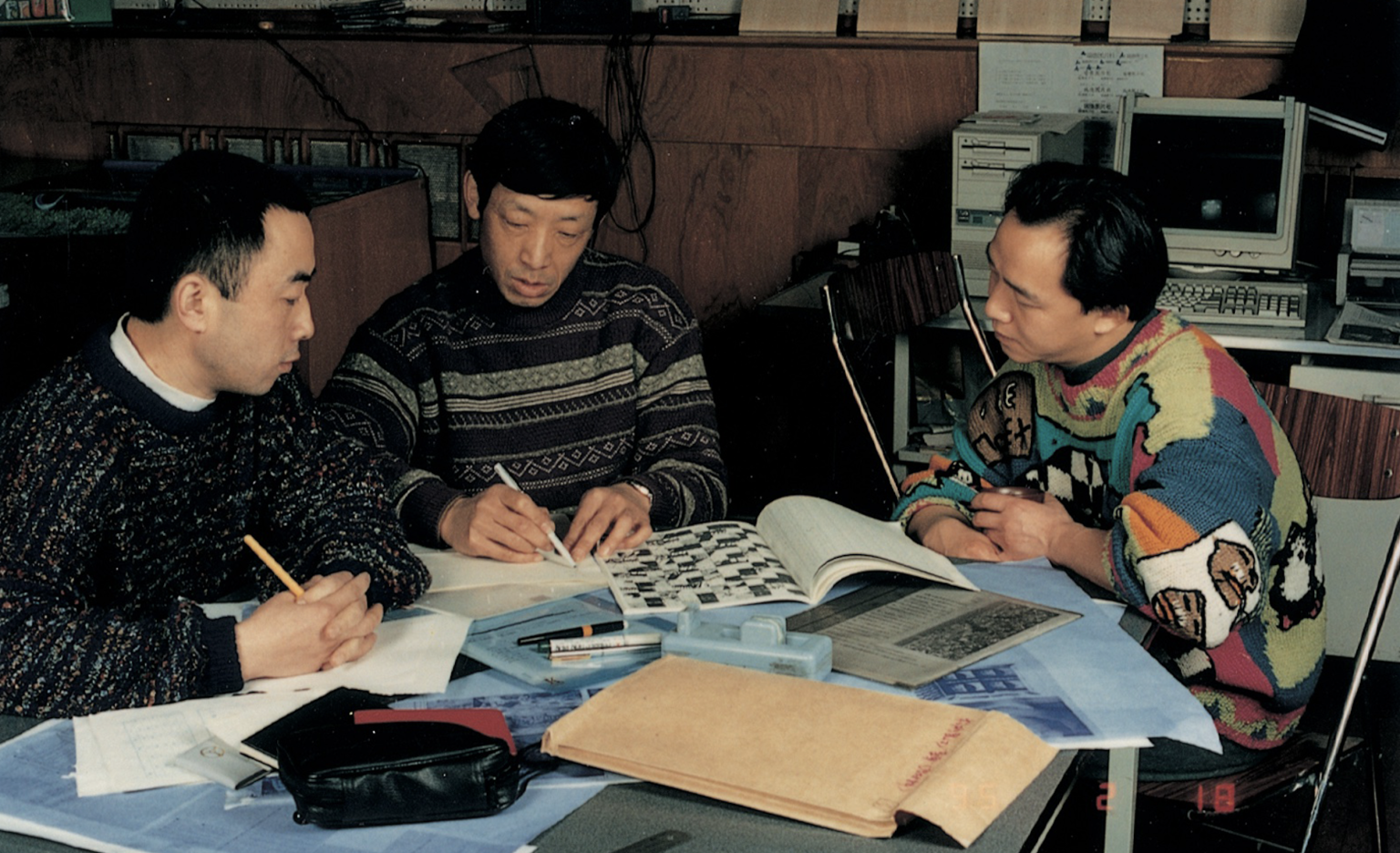
In our ongoing exploration of the historical evolution of contemporary art, we have delineated a pivotal turning point around 1987 (as discussed in Waves and Echoes: A Process of Re-contemporarization in Chinese Art Circa 1987 Revisited, 2021). While prevailing narratives often depict Chinese contemporary art of the 1980s as following a linear trajectory, we propose a different perspective. We regard the art scene in 1987 not as a continuation, but rather as the culmination of the decade’s radical explorations. After the “anti-bourgeois liberalization” movement in 1987, the intellectual space of society was constrained, bringing an end to the dynamic and contentious intellectual trends around ‘85 New Wave. Post-1987, the once diverse and multifaceted nature of artistic practice began to coalesce with the prevailing austere reality, resulting in a more unified approach. Influential voices from art academies championed a movement towards refining artistic language and reverting to what was considered the fundamental essence of art. This transition arose as a reaction to the New Wave movement, which was criticized for its excessive focus on philosophical and cultural themes. This emphasis was seen as detracting from the inherent language and expressive qualities unique to the artworks.
In the 35th edition of Art News of China, dated August 29, 1988, Li Xianting launched a new column titled Avant-garde Art, setting it apart from the earlier New Wave Art series. In the column’s introduction, Li Xianting observed: “Post-1987, the New Wave art transcended its initial preoccupation with surface-level social and philosophical themes, evolving distinctly in two directions. Firstly, it developed a deeper engagement with local culture, delving into the ‘ultimate values’ of humanity. Secondly, there emerged forms like ‘tactile art,’ ‘postal art,’ and ‘programmatic art,’ featured in this edition. These forms focus on introspection within art and culture itself, aspiring to use the entire realm of art, particularly Western modern art, as a foundational reference point.”
The inaugural article of this section, Tactile Art by Wang Luyan, presents “Tactile Art No. 1-4,” creations by Wang himself, Gu Dexin, Li Qiang, and Wu Xun, featured on the second page of the issue. The article goes beyond merely describing these works, delving into the underlying issue they address. It critiques the overreliance on intellect and knowledge, which often overshadows direct, unmediated experience. The artists’ aim is to “reawaken the dormant sense of touch, liberating it from intellectual constraints and imbuing it with new significance.” This approach seeks to strip away the layers of reason and knowledge that have traditionally shaped our understanding of touch. This concept aligns with the broader cultural shift towards “removal of meaning,” a movement that tempers the fervor for humanistic ideals. By focusing on the unaltered, unmediated sense of touch, these artists establish a new basis for meaning.
Following the creations of “Tactile Art”, artists Gu Dexin, Wang Luyan, Chen Shaoping, Cao Youlian, Li Qiang, and Wu Xun, known for their regular collaborative discussions, explored how rules could shape individual expression, and outcomes in a collective context, distinct from their individual artistic endeavors. While these artists never formally identified as a group, this era is often characterized as a phase of the “New Analysis Group.” Their approach, termed “analysis” or “parsing”, employs measurement as its fundamental artistic language, deliberately eschewing the direct influence of emotional experience and refraining from drawing definitive conclusions. Instead, it guides the imagination towards a meticulous understanding of the quantitative relationships within an object. This logical exploration aims to approximate a reality that might be more aligned with the inherent essence of the world.
This manifesto sets forth a novel framework for perceiving the world’s essence, as defined by the New Measurement Group. It emphasizes recognizing and articulating the world through the meticulous examination of objects’ quantitative relationships, employing measurement as the primary artistic language. This approach intentionally excludes the direct influence of emotional experiences, transcending instinctive intuition and the irrational aspects of objective correlatives. In this conceptualization, the world is perceived as an objective entity, with human subjectivity being the primary barrier to engaging with it. The proposed method to bridge this gap involves surpassing personal experiences and emotions, such as establishing quantitative relationships. This endeavor to continually approach the fundamental nature of things led the artists, particularly Wang Luyan, Chen Shaoping, and Gu Dexin, to collaborate further. They developed a working and analytical process, adhering to more stringent and radical rules they set for themselves, aiming to minimize the influence of personal elements. The New Measurement Group was formally established on November 11, 1989, at Wang Luyan’s residence. Over the subsequent six years, they collaborated intensively, producing five publications. These publications, all of which were commissioned, were featured in exhibitions spanning Fukuoka, Hong Kong, Berlin, Erfurt, and Barcelona. The members of the group consider these published works, in conjunction with the archival material they assembled, to represent the full extent of their artistic contributions.
“Conceptualism and 1990s” Series
Beijing Inside-Out Art Museum has been revisiting the historical landscape of Chinese contemporary art since 2017. By focusing on specific historical periods or individual artists, we seek to explore ideological impetus behind evolution of creation and individual careers, uncover interaction between them and their times, and illustrate the complexity and richness of both historical and personal narratives. Solo exhibitions, Analysis: New Measurement, from 1988 to 1995 and Stipulated Amount and Free Fall: Qian Weikang, from 1990 to 1996, serve as significant art historical case studies. New Measurement Group is comprised of Beijing artists Wang Luyan, Chen Shaoping, and Gu Dexin (ordered by numbers of surname’s stroke), and Qian Weikang was born and based in Shanghai. Their conceptual creation during that brief period attracted certain attention and aroused discussion, with long-lasting impact. Both of them wrapped up their artistic endeavors in late 1995 and 1996 respectively. As a result, awareness and understanding of their work became largely restricted to artists and critics of that era. Destruction or loss of most of their artworks and documents after they ceased their practices has hindered subsequent generations from fully grasping and valuing their work. This deficiency significantly contributes to the obscurity surrounding emergence of conceptual art in the early 1990s within contemporary art history.
Artists
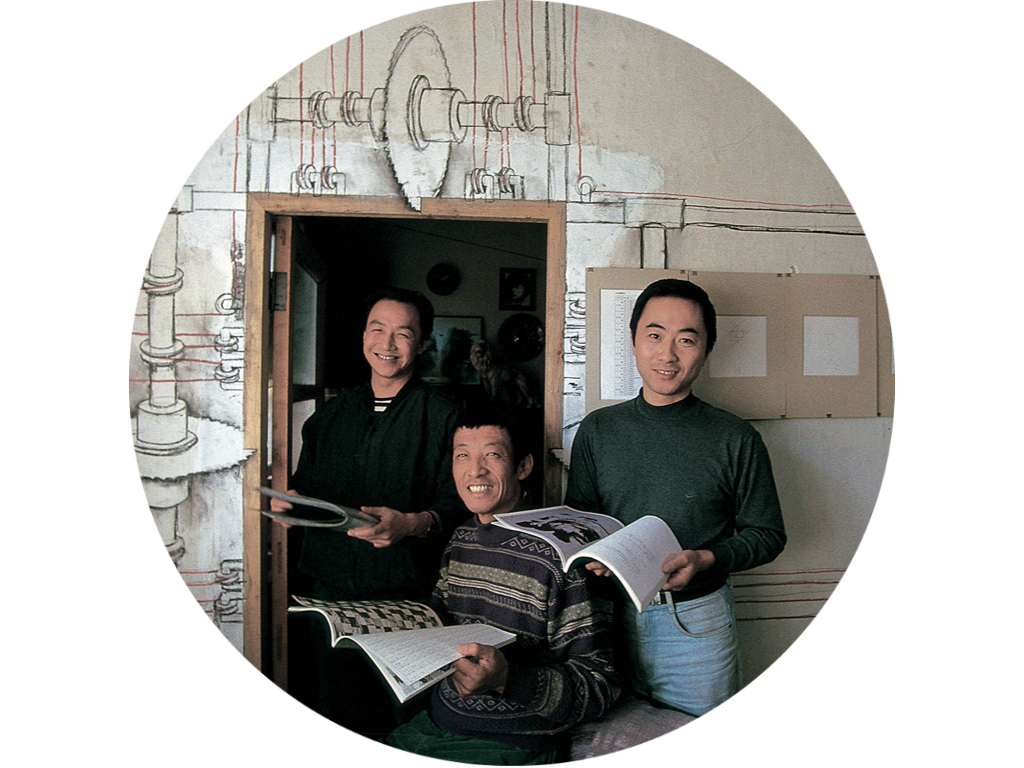
New Measurement Group
Before the formal establishment of the group under the name of New Measurement Group, Wang Luyan, Chen Shaoping and Gu Dexin, together with Li Qiang, Wu Xun and Cao Youlian, had cooperated with each other to varying extents because of their frequent gatherings and exchanges of creations, and created two series of works, Tactile Art and Basic Existence: Point-Static Measurement, which were jointly participated in the Chinese Contemporary Art Exhibition in February 1989 in Beijing.After the departure of other members, Wang Luyan, Chen Shaoping and Gu Dexin formed the New Measurement Group in November 1989, with “new” to distinguish it from the past, and “measure” to refer to measurement and standardization. The New Measurement group, consisting of Wang Luyan, Chen Shaoping, and Gu Dexin, continues the collective mode of creation begun by the members of the group in 1988, with the main theme of attempting to remove all traces of individuality from their creations, closely discussing and developing a series of unique deconstructions and deconstructions of shapes, images, and words, using mathematical formulas as the rules.
Curator

Liu Ding
Liu Ding is a Beijing-based artist and curator. Liu Ding’s artistic creation and curatorial practice bring attention to multiple viewpoints and modes of description in Chinese art history, exploring a trajectory of discursive thoughts that connect the contemporary and the historical. He has participated in international biennials such as: Busan Biennale (2018), Yinchuan Biennale (2018), Istanbul Biennial (2015); Asia Pacific Triennial, Brisbane (2015); Shanghai Biennale (2014); Prospect 3 New Orleans (2014); Taipei Biennial, (2012); Chinese Pavilion, 53rd Venice Biennial (2009); Media City Seoul (2008); and Guangzhou Triennial (2005). His work has been shown and collected by numerous major art institutions around the world.
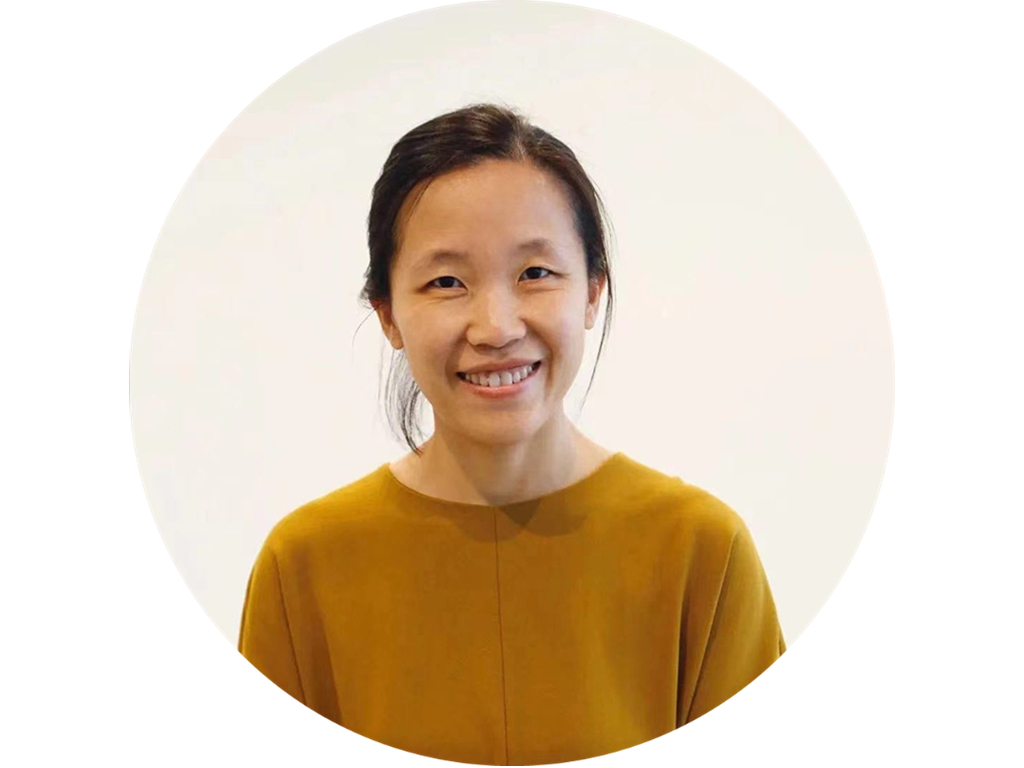
Carol Yinghua Lu
Carol Yinghua Lu is a PhD scholar at the University of Melbourne and director of the Beijing Inside-Out Art Museum. She is a contributing editor at Frieze. Lu was on the jury for the Golden Lion Award at the 2011 Venice Biennale and on the jury for the Filipino National Pavilion of 2018 Venice Biennale of Architecture. She was the co-artistic director of the 2012 Gwangju Biennale and co-curator of the 7th Shenzhen Sculpture Biennale in 2012. From 2012 to 2015, she was the artistic director and chief curator of OCAT Shenzhen. She was the first visiting fellow in the Asia-Pacific Fellowship program at the Tate Research Centre in 2013. She is one of the first four ARIAH (Association of Research Institute in Art History) East Asia Fellows 2017 at Bard Graduate Center. In 2019, she was on the jury for the Tokyo Contemporary Art Award, Hugo Boss Asia and Rolex Mentor and Protégé Arts Initiative.
Exhibition Guide
Exhibition Date
23 December, 2023 – 14 April, 2024
Exhibition Time
Wed.-Fri. 11:00-18:00
Sat.-Sun. 10:00-18:00
Last Entry
17:30
Exhibition Location
Beijing Inside-Out Art Museum, No.50 Xingshikou Road, Haidian District, Beijing
Ticket Price
Regular Ticket: 20 RMB per person
Concession: 10 RMB per person
Concessions applied to the following audience members:
Students and teachers, with student ID and teacher ID.
Language
Chinese, English
Barrier-free Access
We provide barrier-free access. Please make an appointment by telephone in advance. Tel: (010) 62730230
Sponsors
